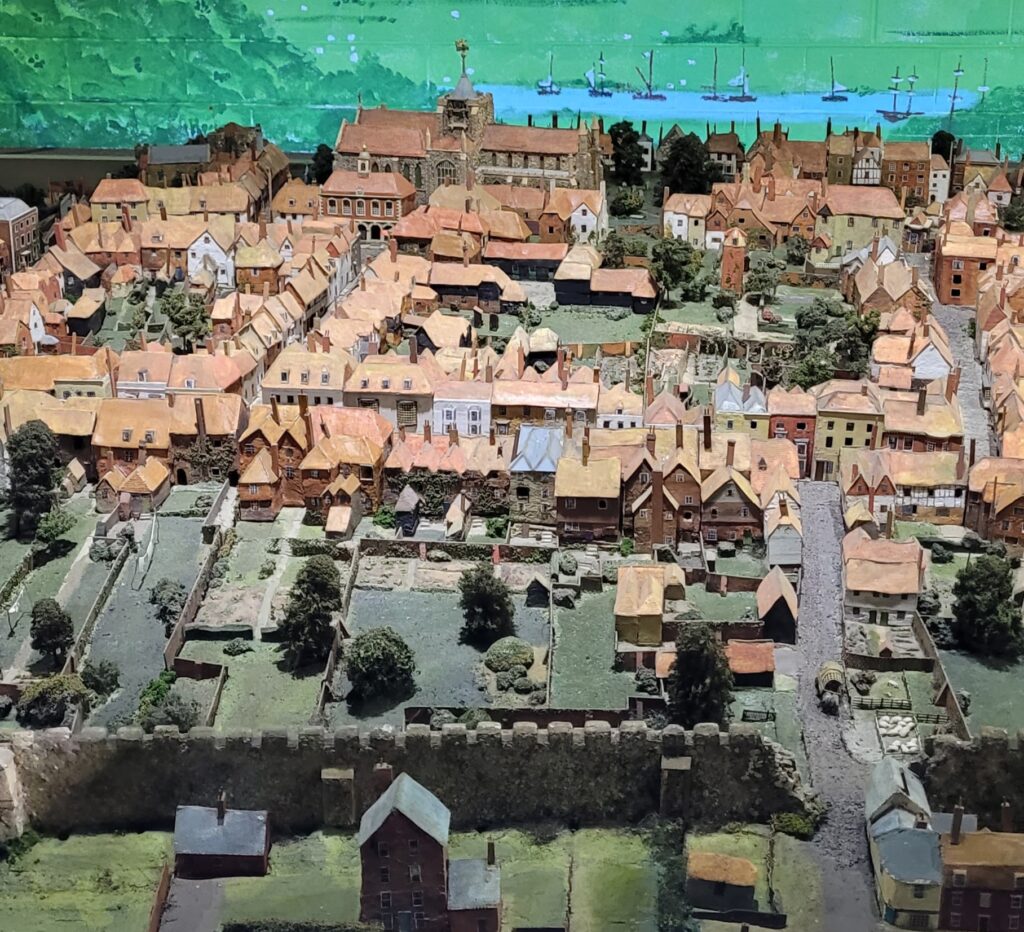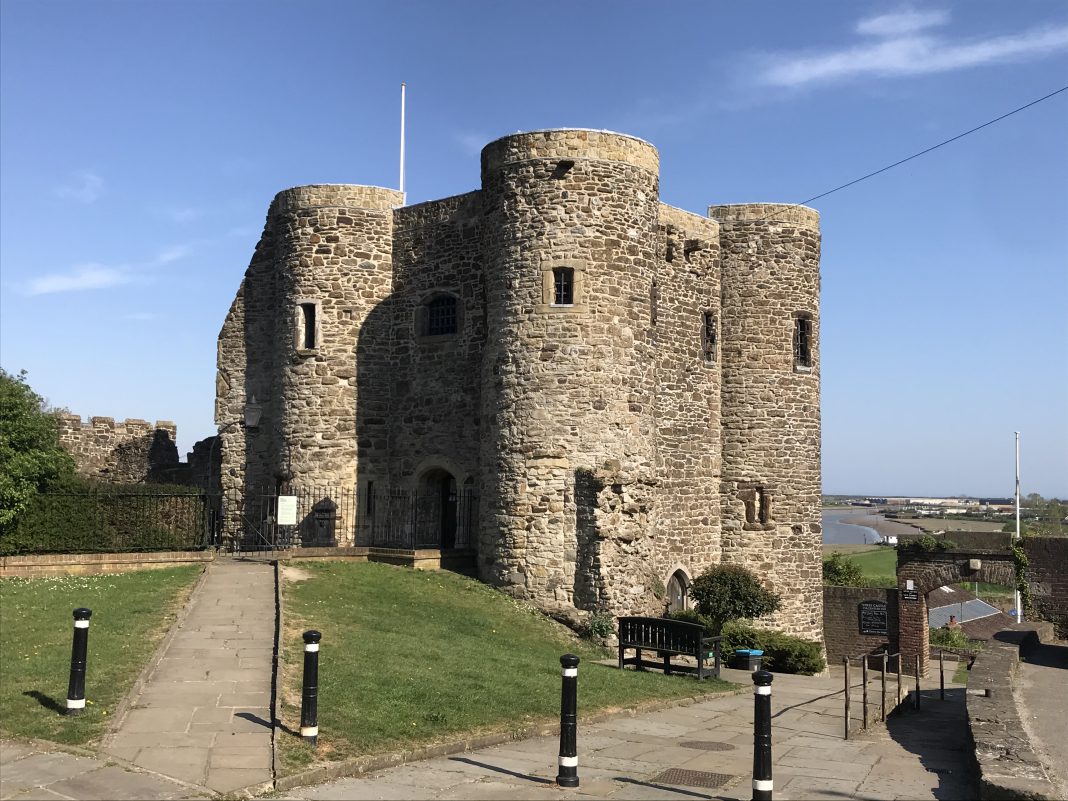The word murage is old French, but originally taken from the Latin word murus, which means wall. It was used to describe a mediaeval toll or tax, which was levied to repair or build town walls. Its imposition was authorised by the sovereign using Letters Patent, a legal document issued by a sovereign or other head of state. Murage was granted for a limited period, but it was far from unusual for the building work to be incomplete by its expiry.
Because of the frequent French raids during the Middle Ages, Rye has been granted Letters Patent authorising murage seven times. The first time was in 1329, two years into the reign of King Edward III. Further grants were made in 1333, 1336, 1343 and 1348. It is likely that the early grants may have been used to build the Ypres Tower, although its existing walls have been dated to the end of the 14th century. The murage grant of 1369 included a Licence to Crenellate. This gave permission to add what are usually called battlements, the stone wall and gap effect that allowed defenders to launch arrows and other missiles at invaders, then to retreat behind a secure cover. Rye was once again granted murage in 1377, by the 10-year-old King Richard II. This appears to have been the town’s last grant of murage; subsequent defensive work being funded by levies on, for instance, fish. It is known that several hundred pounds of fish levy money was spent on Ypres Tower.
Clearly a considerable sum was spent on defending Rye, but by 1385, it was deemed to have been insufficient, and a new commission was set up, to oversee further work. Rye was granted a levy on all the fish landed between Whitstable and Hastings, and on 200 trees, indicating the importance accorded to the town. Its harbour was, at one time, the home port of the royal galley fleet. As is well-known, most of Rye was destroyed in the terrible French raid of 1377, after which stone walls and four gates were built around the town. The only surviving gate is the Landgate, but the others were Badding’s Gate, Postern Gate and Strand Gate. Listed building status wasn’t available during the 17th and 18th centuries, so when new buildings were planned, the walls and gates, standing in the way of progress, were simply demolished.

The great painter William Mallord Turner visited Rye in 1824. He made sketches of the town from a distance and two studies of its then extant mediaeval buildings. One shows the Land Gate from the north, looking up Hilder’s Cliff. The other is an impression of the Ypres Tower. The sketchbook with these drawings is at Tate Britain in London, as part of the Turner Bequest.
Image Credits: Nick Forman , Juliet Duff .




Good summary thank you Michael. It is interesting how “reported history” can be misleading. The cast iron plaque on the Landgate informs the public that it was built in 1329 but that was only when the decision was taken to raise funds via “local taxation”. Clearly it wasn’t built sufficiently to defend the town effectively until much later, about 50 years later.
Another interesting report is that following the French raid of 1377 grants of murage “were renewed in 1382, on condition that they enclosed the town with a stone wall within three years, under penalty of £100. This they failed to do, but in view of their poverty half the fine was remitted.”
So, we learn that: it took a long time for things to happen in Rye and that poverty is nothing new!